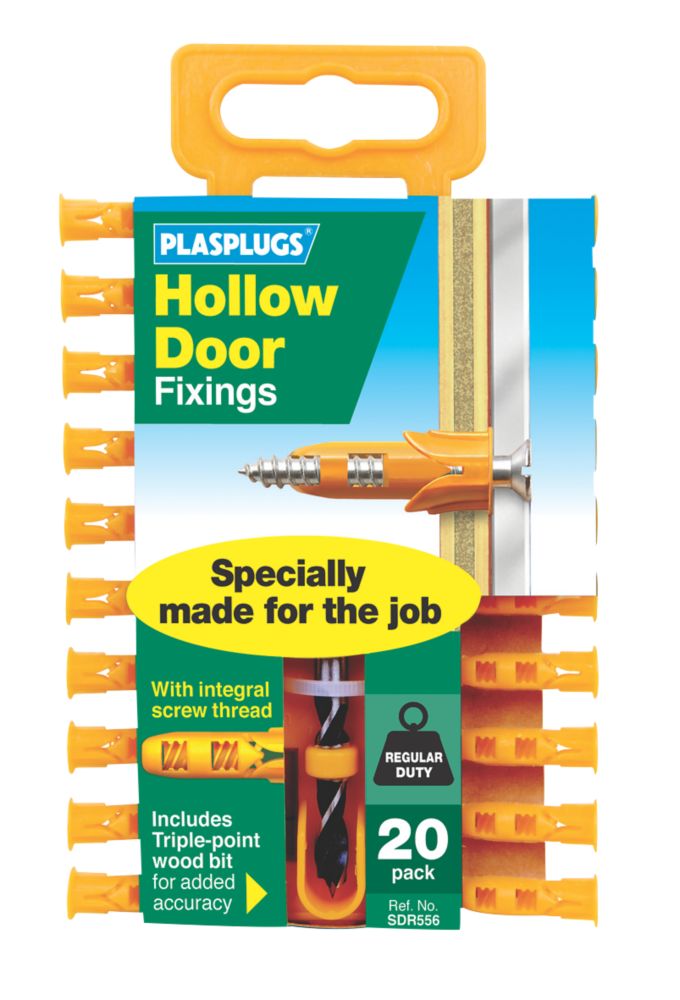- Joined
- 27 Apr 2008
- Messages
- 10,142
- Reaction score
- 1,152
- Country

HI, at work we have several (fire) doors that have loose screws on the handle plates.
The doors themselves seem to be made of veneered poo and are hollow around the lock area.
Are there any products on the market that would act like a rawlplug for this situation?
The current method of stuffing the hole with cocktail/lollipop sticks is imo not good enough and they soon come out again.
Any suggestions (bar replacing the doors) ??
The doors themselves seem to be made of veneered poo and are hollow around the lock area.
Are there any products on the market that would act like a rawlplug for this situation?
The current method of stuffing the hole with cocktail/lollipop sticks is imo not good enough and they soon come out again.
Any suggestions (bar replacing the doors) ??

